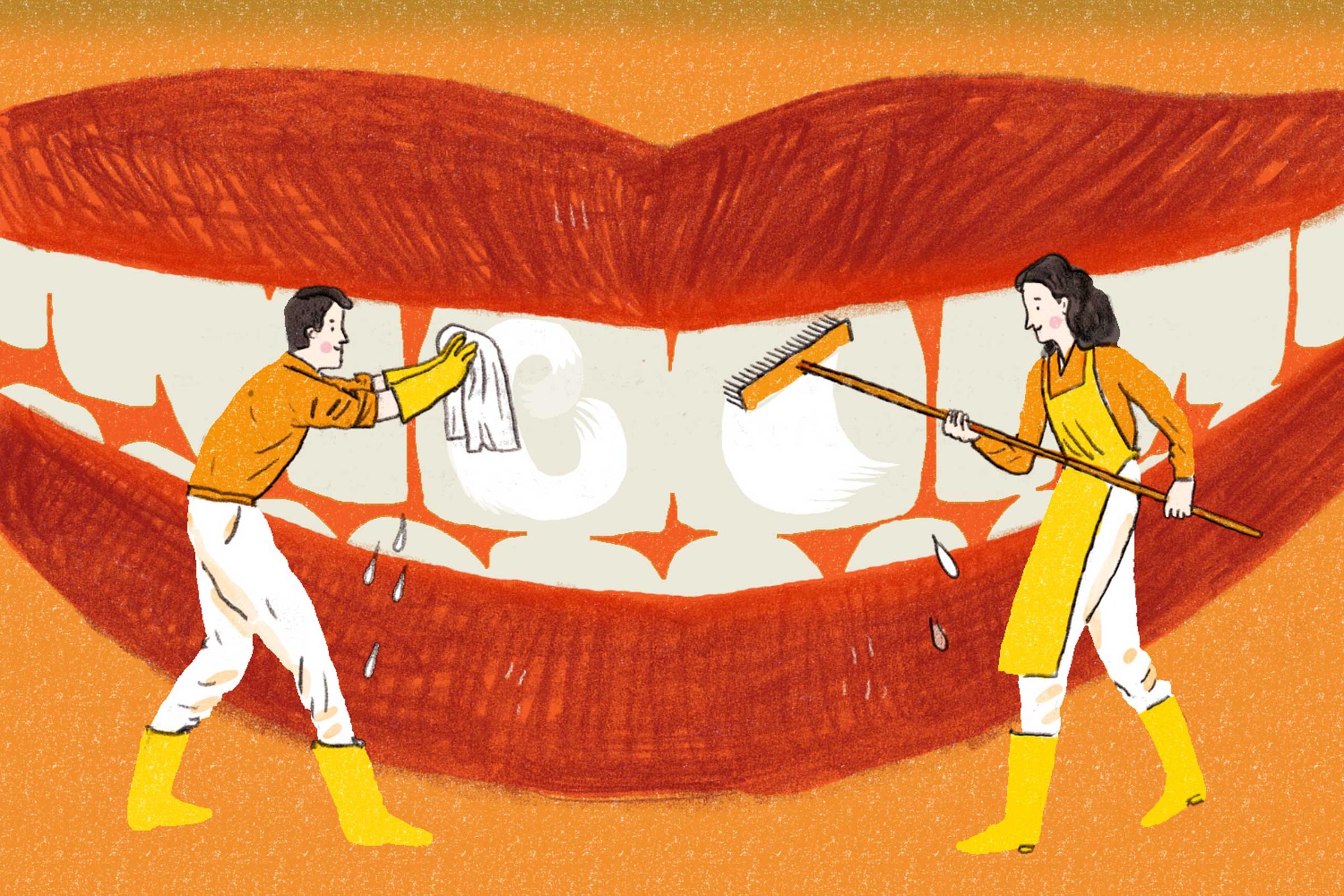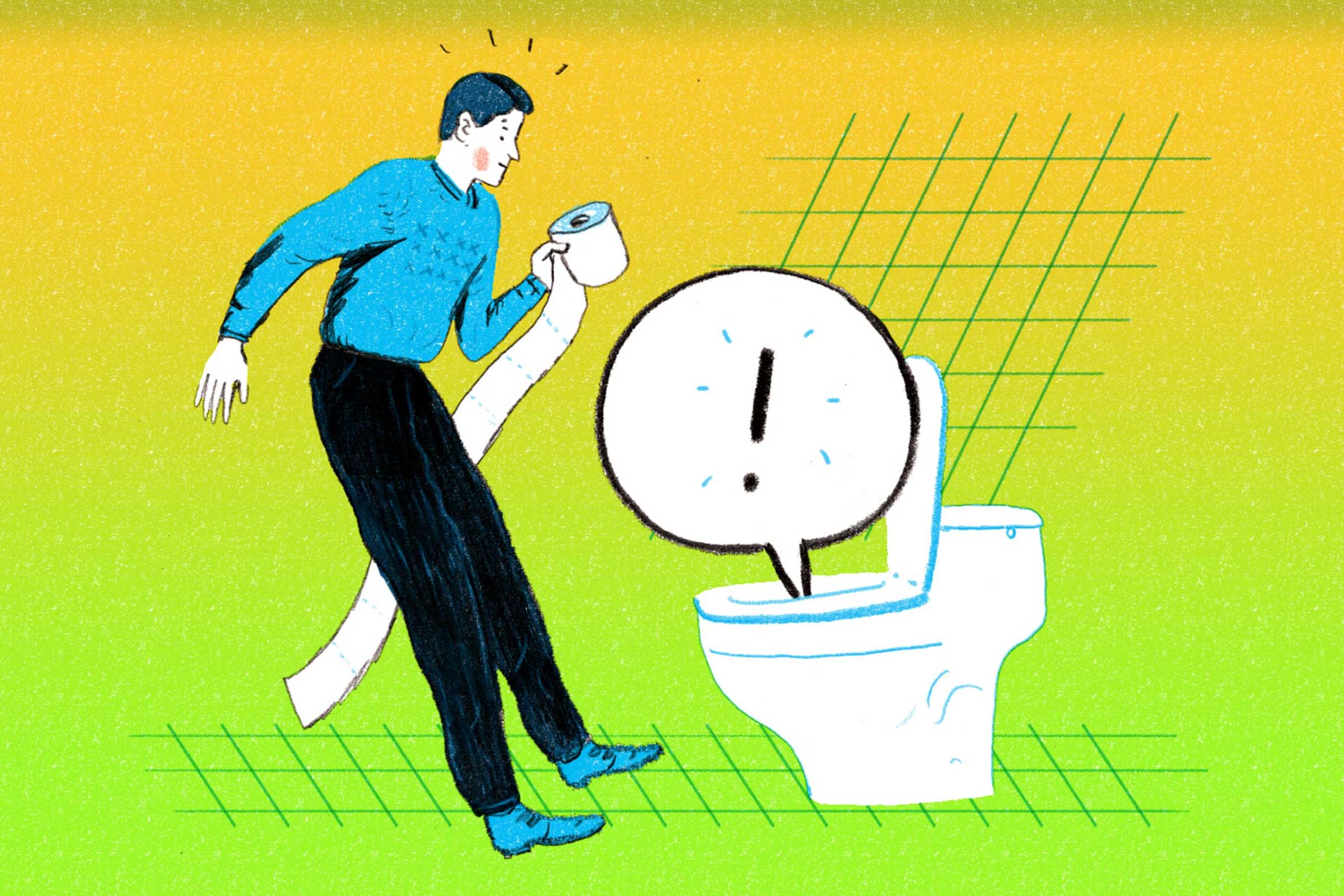
High heels hurt. If you’ve worn them (I have not) then you probably know this already. But are high heels also bad for you? A 2014 survey from the American Podiatric Medical Association—composed of the nation’s top foot and lower-leg docs—found heels were far and away the most common cause of foot pain among women.
Unsurprisingly, much of that pain comes from contorting your foot into a steep “plantarflexed” position, concludes a study from the Journal of Applied Physiology. Like standing on your tiptoes for hours, that high-heeled posture may lead to painful muscle fatigue and strain injuries, the authors of that study say.
Calluses, blisters, bunions, and ingrown nails are all common among high heel wearers, adds Dr. Rodney Stuck, division director of podiatry at Loyola University Chicago. The higher the heel, the more trouble you’re likely to run (or walk) into, Stuck says.
But the most significant risks of your high-heel habit may begin higher up your leg. According to research from the U.K. and Austria, lots of time spent walking in heels actually changes the structure of the muscles and tendons in your calves—and not for the better.
You Asked: Your Top 10 Health Questions Answered










High heels lead to shorter muscle fibers and a toughening of the Achilles tendon, says Dr. Marco Narici, a professor of clinical physiology at the University of Nottingham (and coauthor of that study). Narici says these muscle changes reduce your ankle’s range of motion, and contribute to your risk for strains and sprains. Stuck says these sorts of muscle adaptations may also up your risk for other lower-body injuries. A sore ankle or leg you blamed on running may actually have more to do with your high heels, he says.
More research shows walking in heels puts a great deal of force on your kneecaps. This force can lead to the early onset of osteoarthritis, says Dr. Constance Chu, a professor of orthopedic surgery at Stanford.
Chu says this risk increases among heavier women. “Combining walking in very high heels for long periods of time every day with obesity and aging would be a perfect storm for knee osteoarthritis, as well as foot, back, and other joint problems,” she says.
Of course, tossing your stilettos is the one surefire way to dodge all these potential health hazards. But if you’re not willing to part with your pumps, Chu says lower heels lowers your risk. For formal or work events when you feel heels are a must, she recommends wearing flats beforehand and changing into your heels only when you’ve arrived at your destination. “Taking time to sit and move the knees through a full range of motion may also be helpful,” she says.
Loyola University’s Stuck also suggests standing against a wall or with one foot on a step and stretching your feet for a few minutes every day.
But don’t swap your heels for flip-flops. An Auburn University study found the way those loose summer sandals shorten your gait and force you to grip with your toes may lead to all sorts of heel, ankle, and sole problems.
Feet sure don’t have it easy.
Read next: These High-Tech High Heels Change Color With the Click of an App
More Must-Reads From TIME
- The 100 Most Influential People of 2024
- Coco Gauff Is Playing for Herself Now
- Scenes From Pro-Palestinian Encampments Across U.S. Universities
- 6 Compliments That Land Every Time
- If You're Dating Right Now , You're Brave: Column
- The AI That Could Heal a Divided Internet
- Fallout Is a Brilliant Model for the Future of Video Game Adaptations
- Want Weekly Recs on What to Watch, Read, and More? Sign Up for Worth Your Time
Contact us at letters@time.com